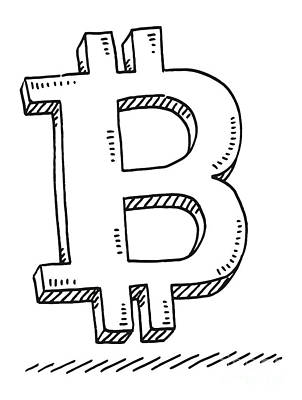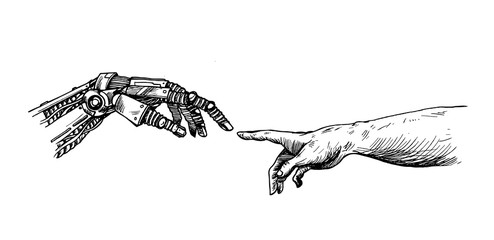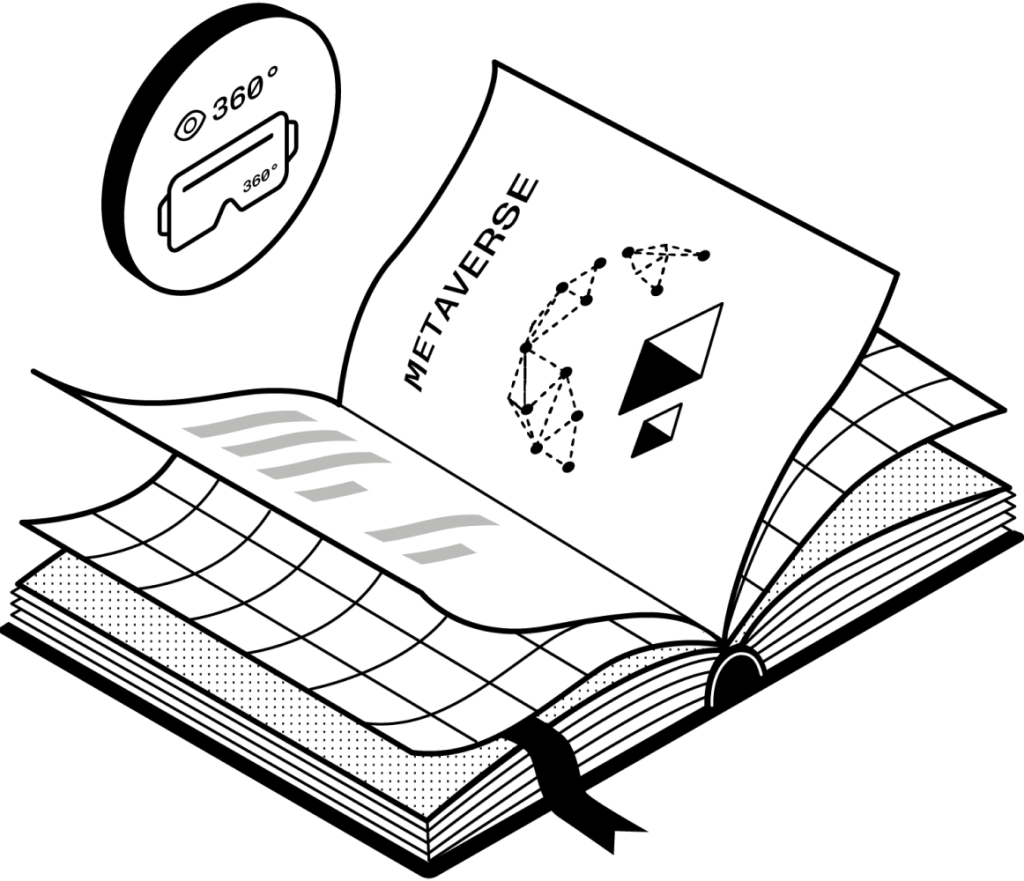The wonderful world of technology.
With the arrival of MiamiTechMonth, we thought it would be a good time to catch up with the world of digital transformation. Below is a light visit to some of the more prevalent keywords you’ve most likely heard floating around and hopefully some layman’s terms to help explain most of it, and how it relates to you.
Crypto & Blockchain.

Blockchains are often explained with a lot of big words and jargon by people in the respective fields required to create it in the first place. It turns out that blockchains are more straightforward than you might think, sort of. Firstly, a blockchain itself is a form of database, more specifically a network of databases. The data stored on this blockchain are the recorded history of cryptocurrency transactions. They store this data in chronological groups, known as blocks, instead of folders and tables like that folder icon on your MacBook. Bitcoin’s blockchain is open and accessible to anyone, anywhere at any time. Unlike conventional databases where information can be added, removed or edited, blockchains can only be added to and never edited — like a bulletproof ledger, which is also fireproof and waterproof… but make it digital.
AI

Full disclosure, Artificial Intelligence is a lot of things, so for the sake of this short article, we’re discussing it in the conventional sense. AI refers to the simulation of human intelligence in machines that are programmed to think like humans and mimic their actions. Simple enough. But here is the caveat: the term itself may also be applied to any machine that exhibits traits associated with a human mind such as learning, reasoning and problem-solving. So, that game of chess you played on your Motorola Razr is in the same league (albeit much older and retired) as your iPhone’s Siri.
Metaverse.

Leave it to Zuckerberg (however you may feel about the man) to once again tell us something we weren’t all ready to hear but needed to. We’re talking about a digital world that does not simulate the known one here but rather augments it in a way that cannot exist outside of our brains. Very broadly speaking, the technologies that make up the metaverse can include virtual reality—made up of virtual worlds that continue to exist even when you’re not actively participating —as well as augmented reality which combines pieces of the digital and physical worlds and blends them together. Here’s the thing, they do not need to be exclusively accessed via VR or AR. A virtual world, like aspects of the crazy popular game Fortnite that can be accessed through PCs, game consoles, and even phones, could be metaversal.
This space also translates to a very real digital economy, where users can transact by creating, selling and buying – just as any well-run economy of exchange and commerce. Picture this – visiting the Meta Mall, buying a tank and driving it back home. None of this in the IRL, rather in the URL of it all.


